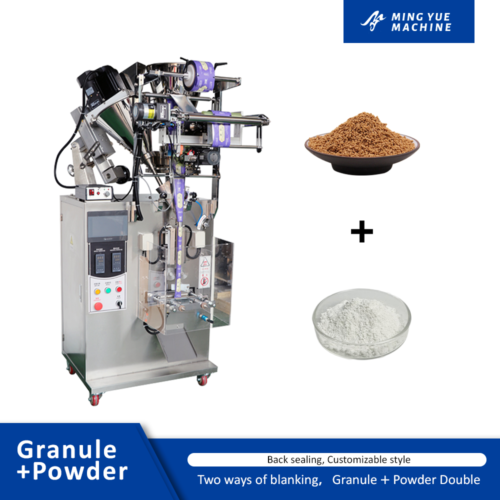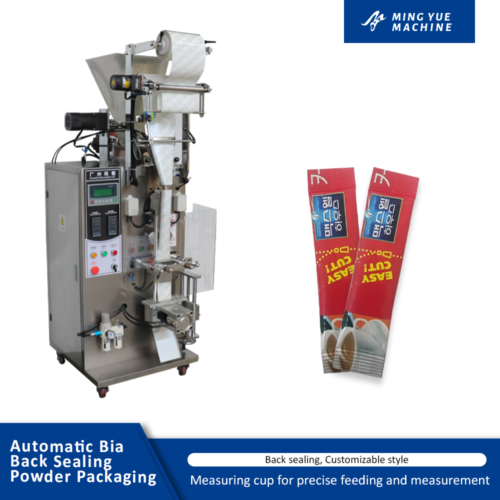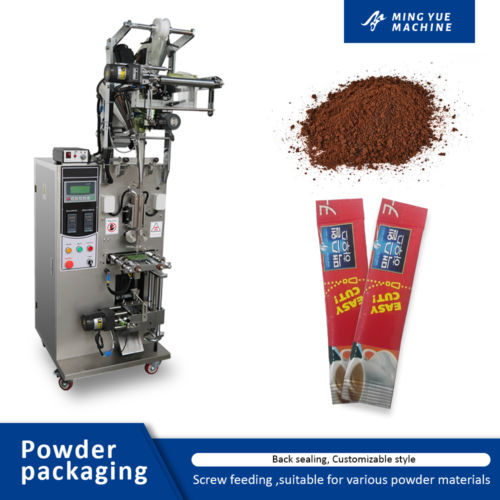Horizontal screw packaging machine
The horizontal screw packaging machine has become a powerful assistant in the packaging industry due to its excellent performance, advanced technology, flexible design, and wide range of applications.
It provides efficient, precise, and reliable packaging solutions for enterprises, helping them improve production efficiency, ensure product quality, reduce production costs, enhance market competitiveness, and promote the improvement and development of packaging levels in various industries.
Whether you are a food enterprise, pharmaceutical enterprise, chemical enterprise, or other enterprises involved in product packaging, horizontal screw packaging machine will be your ideal choice to improve packaging efficiency and quality, helping you achieve greater success in the fierce market competition.
Adopting modular design, each functional module, such as screw metering module, bag making module, sealing module, control system module, etc., works independently and collaboratively.
This design facilitates the installation, debugging, and maintenance of equipment. When a module fails, it can be quickly replaced or repaired, reducing downtime.
At the same time, enterprises can flexibly choose and combine different modules according to their own production needs and process characteristics, and personalize equipment configuration, such as adding material mixing modules to prevent material layering, or upgrading measuring modules to improve measurement accuracy and meet diverse production needs.
The packaging speed of the horizontal screw packaging machine is remarkable, with common models reaching dozens of packages per minute or even higher. For example, some advanced equipment can complete packaging of 60-120 packages per minute, which can greatly improve production efficiency and meet the needs of enterprises for rapid shipment in large-scale production industries such as food, medicine, and chemical. Moreover, during long-term continuous operation, the equipment can maintain stable operation, reduce downtime caused by equipment failures, and ensure production continuity.





